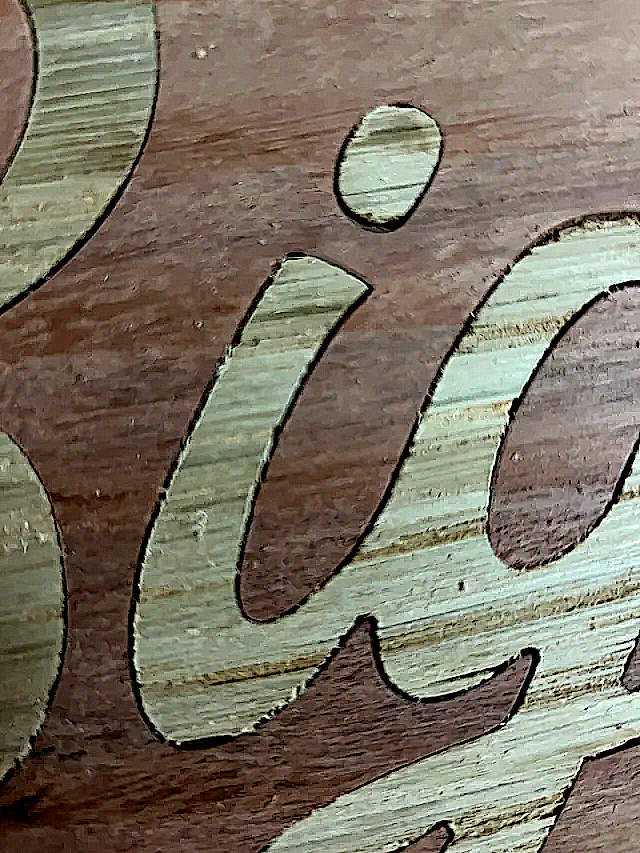Hi Joe,
The profiling Offset determines how deep the glue/saw gaps will be, and with a 90-degree V-bit this is a 1:1 relationshp because tan(90/2)=1.0. With a 60-degree V-bit the profiling offset should be equal to half of the desired glue/saw gap depth because tan(60/2)=0.5.
The V-carving operation's Max Depth should be equal to the desired gap thickness, where the Depth Offset parameter should pickup the rest of the depth and move the V-carving cutpaths to the bottom of the profiling cuts. Basically the V-carving Depth Offset should be equal to the profiling operation's Max Depth minus the desired gap depth.
The reason that the profiling operation has a little extra on the Offset parameter is just to leave some material behind for the V-carving operation to cleanup around all of the male plug geometry. It's not absolutely needed but in my opinion it allows the V-carving operation to function more like a finishing pass that produces the final plug geometry.
You can theoretically make the male side of an inlay using only the Profile Milling operation with no Offset at all and no V-carving operation (as long as you also cleanup everything around the plug geometry too, of course) but there will be no glue/saw gap which results in failed inlays like this:

We're working on a way to combine the profiling and V-carving operations into a single "male inlay" operation that just has a single gap parameter, and handles figuring the profiling offset, V-carving maxdepth/depthoffset, and generates both of them as a single toolpath - so you won't need to remember this whole process once that's all dialed in!
- Charlie

